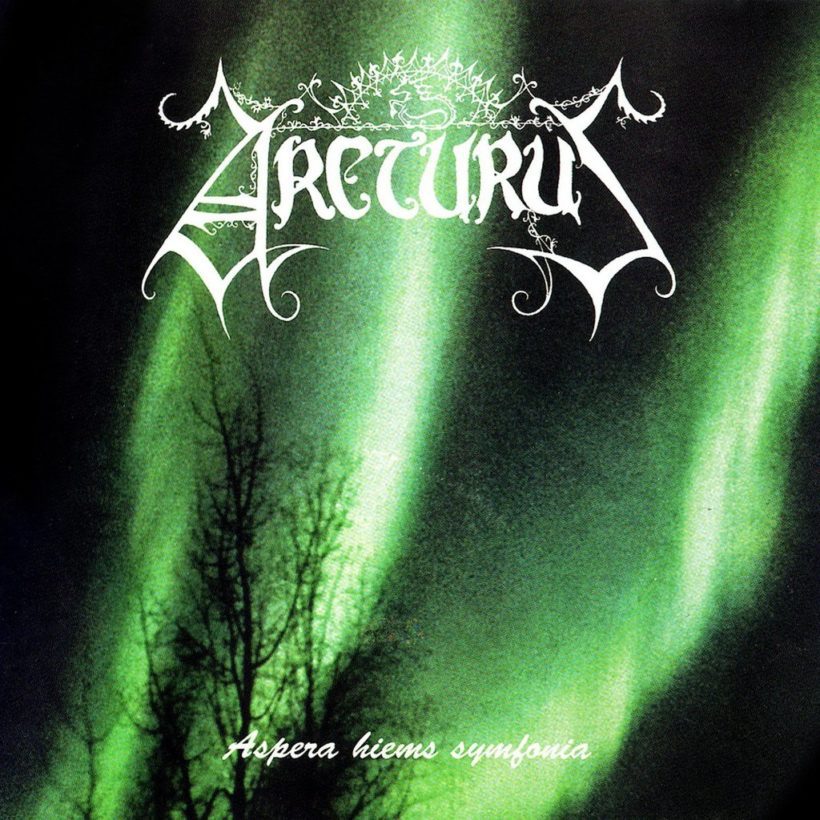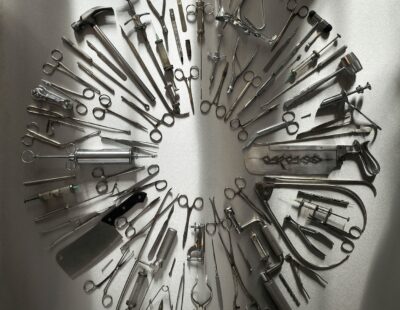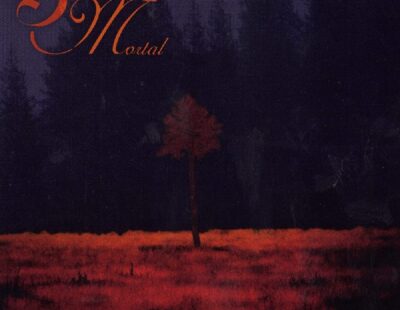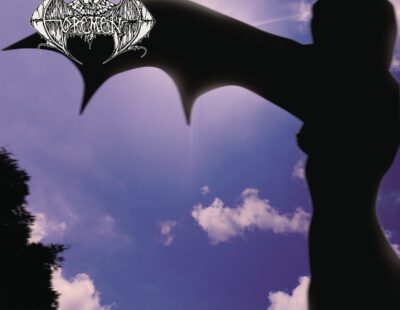
To Hell and Bach
The Making of Arcturus’ Aspera Hiems Symfonia
The story of Arcturus is largely the story of Steinar “Sverd” Johnsen. At just 15 years of age, Sverd, along with Marius Vold, formed Mortem, a band that delivered septic death metal devoid of sophistication or refinement. Recording several songs in March 1989 under the watchful eye of Øystein “Euronymous” Aarseth, the Slow Death demo is the lone output by the first Mortem iteration. The band fizzled quickly, which paved the way for a new project that Sverd, Marius and Slow Death drummer Jan Axel “Hellhammer” Blomberg dubbed Arcturus.
The music of Arcturus pivots on Sverd’s keyboard work, which was immediately apparent on their 7-inch debut, 1990’s My Angel. This was intentional: Mortem’s dissolution was the direct result of Sverd dropping guitar after becoming consumed with the myriad possibilities of keyboards. He was listening more to classical composers such as Bach, Beethoven and Tchaikovsky, masters who inspired obsession with his new instrument. Fascinated by the bombastic, overwhelming sounds of church organs, he wormed his way into a situation that proved crucial to his creative development.
Sverd was close with schoolmate Erik Wroldsen, then in thrash band Decadence and later Red Harvest. Wroldsen arranged for the aspiring keyboardist to enter the Bakkehaugen Church in Oslo—where Decadence practiced in the basement—for surreptitious workouts on the huge pipe organ upstairs. Sverd remembers that “after some rehearsals, I decided to confess to the organ player in the church, and the result was that I got my own key to the church. The only rule: Do not bring any others and stay away when there is activity there.”
As self-critical as he was ambitious, Sverd felt the keyboard he used for My Angel—a Technics KN800—didn’t suit the newer material that Arcturus were writing. He had his eye on an Ensoniq SD1, but it exceeded his budget. Resourcefully, he crafted handmade chainmail for a role-play group in Oslo called Ravn to raise the needed funds. It took him one month to assemble thousands of steel rings and 800 meters of wire into the required armor. Along with chainmail, Sverd hand-crafted nail bats (the one Count Grishnackh wields in an infamous picture is one of Sverd’s), and soon the mission was complete: He could finally afford the Ensoniq. This piece of equipment formed the basis of Arcturus’ sound for the ensuing 10 years.
While Arcturus rubbed shoulders with, got drunk with and even included members of various legendary black metal bands, they weren’t exactly a satanic endeavor. Arcturus were instead focused on nature, the cosmos, literature and psychedelia. Their attitude was firmly progressive—there was nothing they would not attempt. Depressive dirges, Faustian mischief and squishy electronica all feature somewhere in the strange Arcturus mélange.
Along with Ved Buens Ende, Fleurety and Beyond Dawn, Arcturus strove for expansion beyond black metal’s strictures. 1994’s Constellation EP, a raw work of symphonic blizzards and aurora borealis brilliance, firmly established the Arcturus methodology. Its follow-up, Aspera Hiems Symfonia, authoritatively capitalized on that approach and remains an influential cornerstone of Norwegian metal. Its title translation—“Harsh Winter Symphony”—is an apt descriptor for the blazing bombast and orchestral intensities of its 41:28 runtime.
At the time of Aspera’s recording in the summer of 1995, Arcturus held within their ranks one of the most impressive metal lineups ever assembled: Sverd, Hellhammer (Mayhem), vocalist Kristoffer “Garm” Rygg (Ulver), bassist Hugh Stephen “Skoll” James Mingay (Ulver, Ved Buens Ende) and Carl August Tidemann (Tritonus). Aspera’s eight monuments of icy wickedness, released on the tiny Ancient Lore Creations label in June of 1996, are celebrated here as foundational canon of the initial Norweird surge.
Need more Arcturus? To read the entire seven-page story, featuring interviews with the members who performed on Aspera Hiems Symfonia, purchase the print issue from our store, or digitally via our app for iPhone/iPad or Android.




